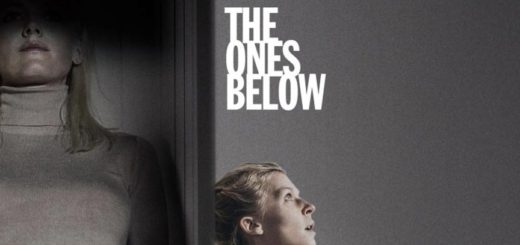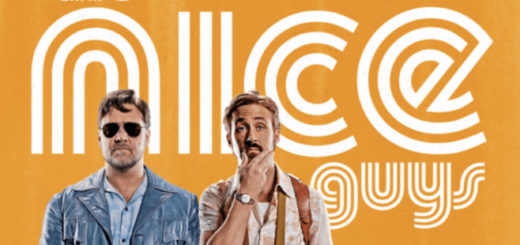MOANA Review
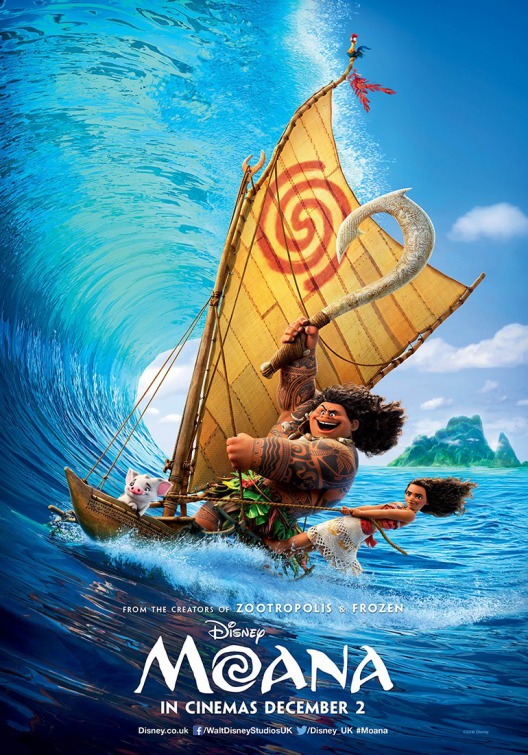
Director: John Musker and Ron Clements
Year: 2016
Genre: Fantasy
Contains spoilers
E kūkākūkā kāua e pili ana iā MOANA. Let’s talk about MOANA. Taken away to the fictional island of Motonui, Moana Waialaki, soon to be chiefess, has been hearing the call to the ocean ever since she was a child. She’s told by her grandmother that her destiny is to return the heart of Te Fiti (a goddess who’s created life in the islands), which has been stolen by the demigod Maui. Haunted by memories of his past, Moana’s father forbids her to pass beyond the reef. After Moana discovers that her ancestors were successful navigators who travelled across the Pacific Ocean using the birds, ocean, and stars for guidance, she disregards her father and undertakes the journey.
MOANA is a wonderful Disney piece with a beautifully powerful soundtrack. However, nothing seemed outstandingly unique to me. In fact, at one point during the film, I predicted the exact line Maui was about to say moments before he said it. I completely understand the need for a traditional method of storytelling. To provide a strong and powerful storyline that can be easily communicated to many different audiences, you have to follow certain tropes and can’t always take bold risks. While Disney Corporations have owned Pixar for a while now, I personally have always found more risks and depth of plot in most Pixar films. With the fairly recent release of INSIDE OUT, I would say MOANA doesn’t compare in terms of plotline and creative portrayal of conflict. However, much like INSIDE OUT, MOANA is full of relatable and lovable characters full of life, and will definitely tug at your heartstrings.
For context, I am a part-native Hawaiian young woman pursuing a major in digital arts with an emphasis in animation; I anticipated a “disneyfication” of Polynesian culture and I wasn’t disappointed. Regardless of the few fallacies of this film, it is the first Disney film to be translated into Tahitian language, which is a very important and groundbreaking accomplishment. John Musker and Ron Clements, the directors of Disney’s MOANA, travelled to many locations throughout Polynesia to gather various cultural views and variations of common Polynesian myths and legends. They had a goal to provide an inclusive story of all Polynesians, and were both successful and unsuccessful.
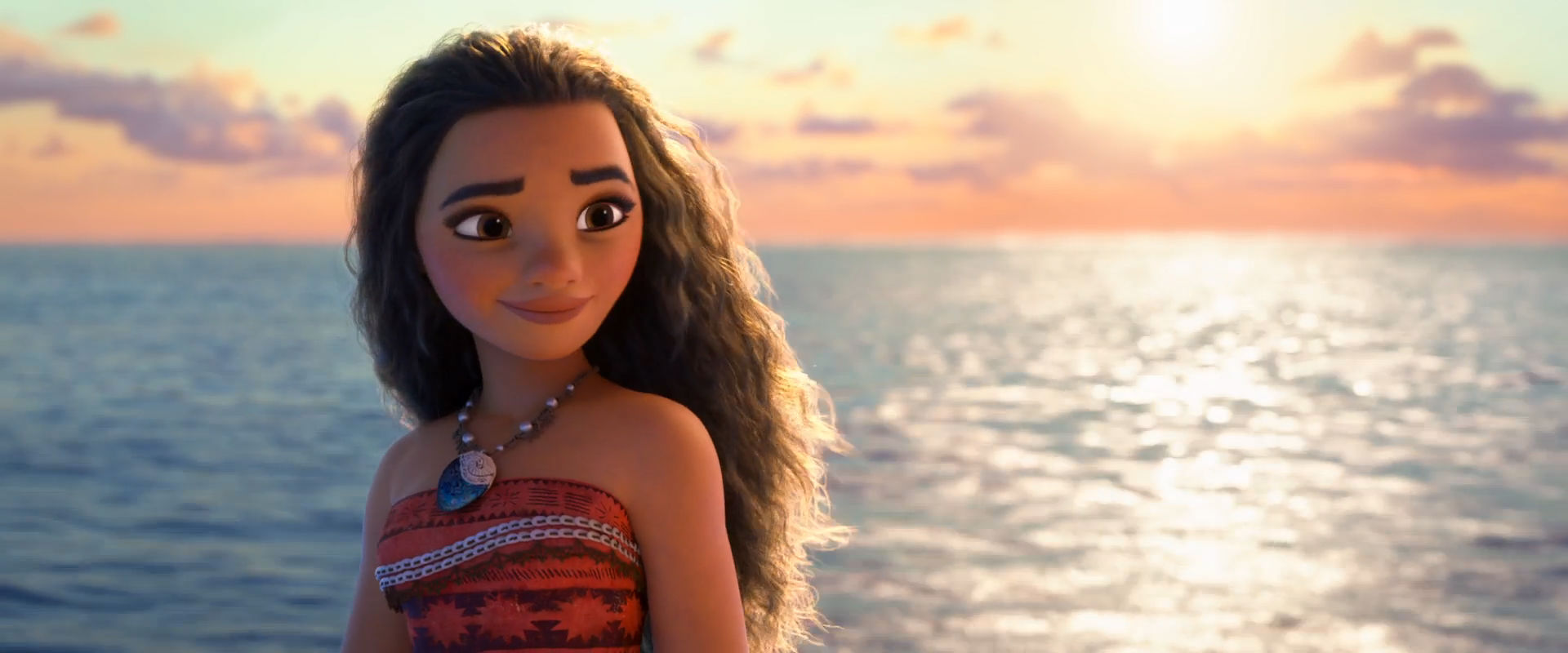
They got the water down pat
The unsuccessful portion of their storytelling was the melding of very different cultural practices and stories. While I noticed Moana had mostly Tahitian and Samoan influence, there were quite a few small themes that clashed with Hawaiian culture. For example, there are multiple scenes where the demigod Maui transforms into a Hawk. This is a common tale in the Maori culture of New Zealand, but doesn’t cross over to Hawaiian culture. There are two goddesses from Hawaiian mythology that came to mind during the story of Te Fiti at the opening of the film known as Hina and Papahānaumoku. Hina is mother of all reef life and Papa is an Earth mother. Later on in the film, however, I realized that while they may have taken inspiration from Hina and Papa, Te Fiti was her own character. As a storyteller myself, some of the scenes of this film felt a bit out of sequence or held minimal shock factor. However, knowing how tedious animation is and how this film was originally set to release in 2018, I understand why certain choices were made.
Disney is commonly known for creating fantasy locations with heavy cultural and locational influences, such as Agrabah from ALADDIN, which is both a blessing and a curse. By forming fantastical locations, the characters in the stories told can neither represent nor misrepresent the culture they’re attached to. This is what made Moana unique. The story of Moana combines real myths and legends talked about in Polynesian cultures and dramatic fictional elements often found in Disney films (magic, animate inanimate objects or things, and giant monsters). At the end of the film, however, I felt it might’ve been foreshadowing to suggest that Moana was among the first fleet of people to arrive to the Hawaiian islands.
MOANA is successful in theme. Our protagonist is depicted as a strong and confident native woman (much like her voice actress, Auli`i Cravalho) who has no love interest. In fact, Disney has most recently been wavering their classic princess tales away from romantic plotlines, with Elsa and Anna from FROZEN, as well as Merida from BRAVE, and now MOANA.
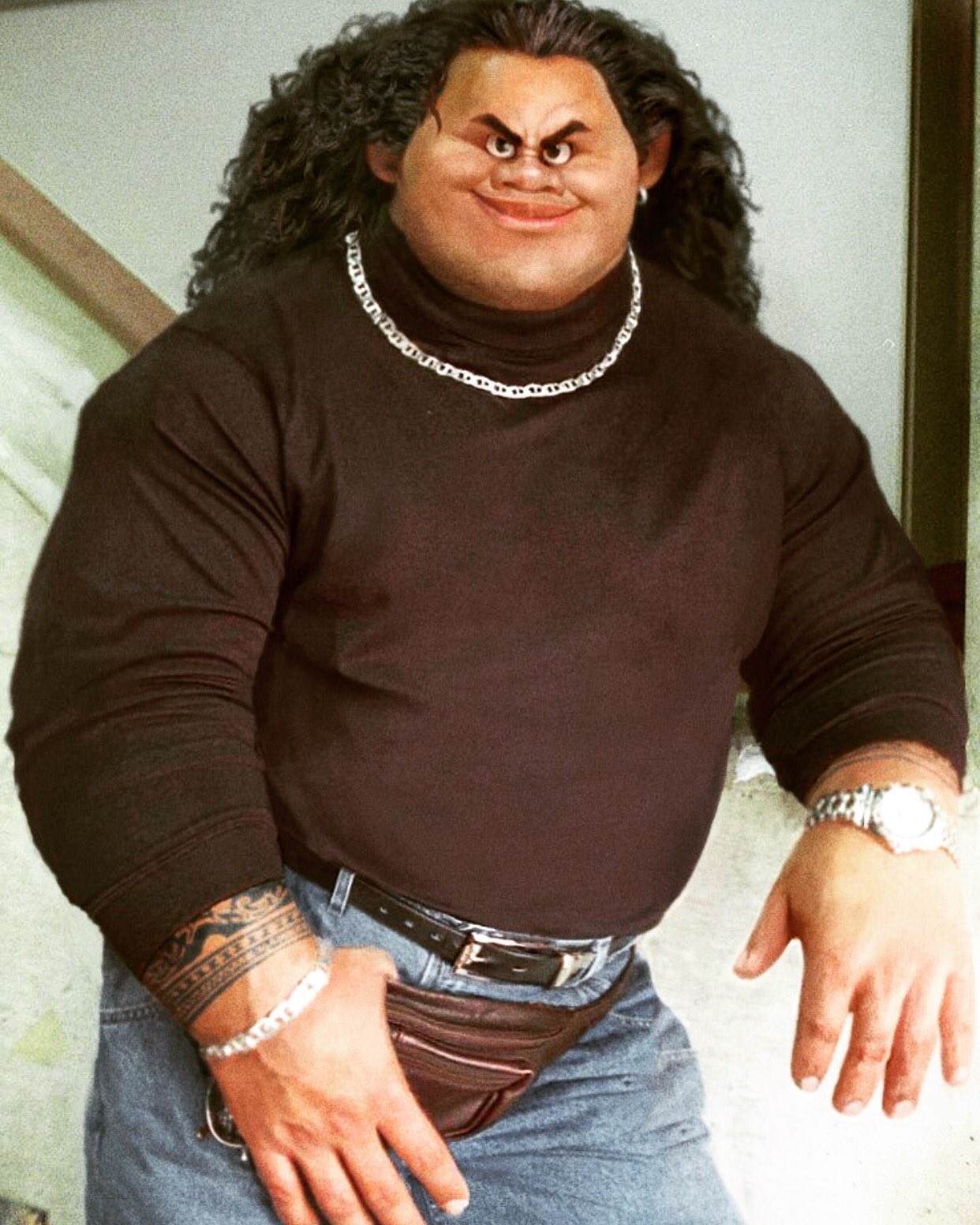
Also this film has given us the single best Photoshop of 2016
Instead of romance, the titular hero’s great passion remains to navigate across the ocean as a quasi-spiritual voyager. While Polynesian cultures vary in languages, cultural practices, and myths, there are few things we all share, and one is navigation. A line in the film makes it clear that the Pacific Ocean isn’t what divides the islands, it’s what brings us together. Ancestral roots are essential parts of Polynesian cultures and studying about navigation and how our islands became populated are always a common interest we share with one another. In Polynesia there is a famous voyaging canoe known as the Hōkūleʻa. The canoe is known for practicing traditional Polynesian navigating methods, including using the stars and constellations for guidance, which was accurately portrayed in MOANA. The most recent expedition started in 2014, and is continuing with a goal to circumnavigate the Earth and visit various countries. In this sense, MOANA was timed perfectly for release, reminding and educating many outsiders and foreigners to Polynesian culture on the expertise of navigation we share through a visually stunning piece appealing for all ages and backgrounds.
Verdict: Recommend
Guest edited by Jillian Strong


